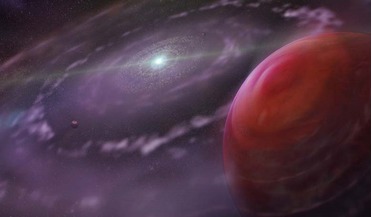 29 March 2016
To build super-Earths near host star 'dead zones' are required say researchers
29 March 2016
To build super-Earths near host star 'dead zones' are required say researchers
... several different mechanisms could be at work to explain super-Earth formation. Accordingly, to try and understand which theory ...before there is sufficient time to form the super–Earths. Migration of super–Earths through a dead zone is very slow and...
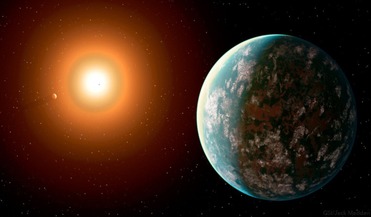 02 August 2019
Newly found exoplanet may be suitable for life
02 August 2019
Newly found exoplanet may be suitable for life
... has helped uncover in its first year of operation. One of the most intriguing discoveries just announced is GJ 357 d; a super-Earth located about 31 light-years away orbiting a diminutive M-type dwarf star that has been described as relatively...
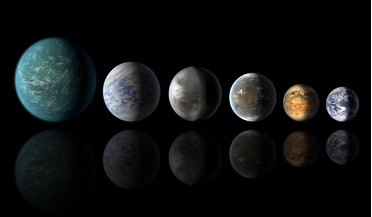 20 August 2018
Galaxy should be teeming with water-worlds say researchers
20 August 2018
Galaxy should be teeming with water-worlds say researchers
...radii. The rocky ones, the team say, would be Earths and super-Earth type planets made up of material similar to our own ...about 35 percent of all known exoplanets that are bigger than Earth should be water-rich, that likely formed in similar ways ...
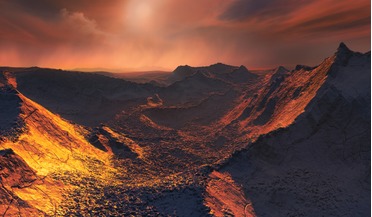 14 November 2018
Super-Earth exoplanet found around closest single star to the Sun
14 November 2018
Super-Earth exoplanet found around closest single star to the Sun
...’s planet-hunting HARPS instrument is one of them and its unprecedented accuracy helped the team to spot the super-cold, super-Earth. “HARPS played a vital part in this project,” said co-lead scientist Guillem Anglada Escudé from Queen...
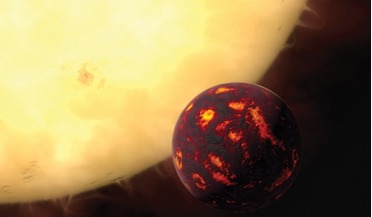 March 2017
Twinkle - a mission to unravel the story of planets in our galaxy
March 2017
Twinkle - a mission to unravel the story of planets in our galaxy
... to compile molecular data points essential for modelling atmospheres of cool stars and exoplanets. Artist’s impression of the super-Earth exoplanet GJ 1214b orbiting the nearby star GJ 1214. The exoplanet, orbiting a small star only 40 light-years...
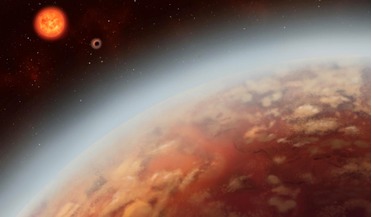 11 September 2019
First detection of atmospheric water vapour on 'super-Earth' in habitable zone
11 September 2019
First detection of atmospheric water vapour on 'super-Earth' in habitable zone
... time, K2-18 b was also discovered to have a sibling – K2-18 c. Like its bigger neighbour, K2-18 c is also a super-Earth, with a mass about 7.5 times that of Earth, but the planet is closer to its star than K2-18 b, and probably too hot to be in the...